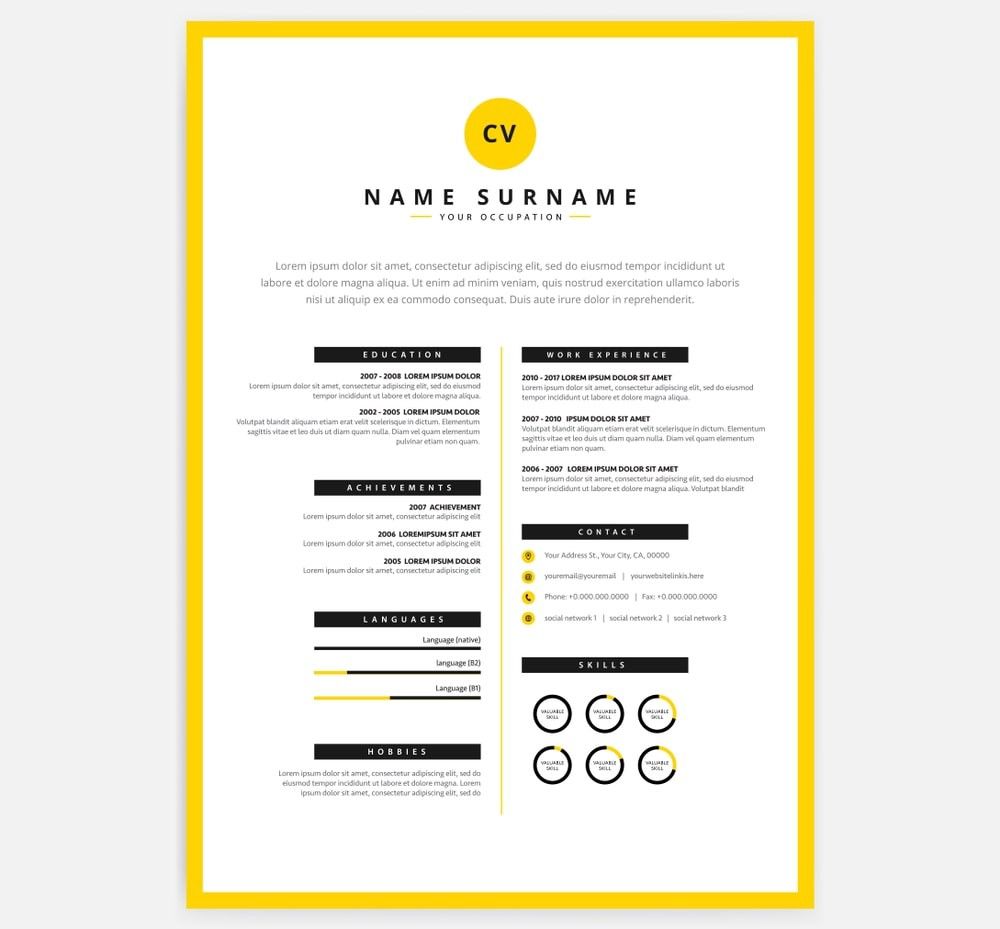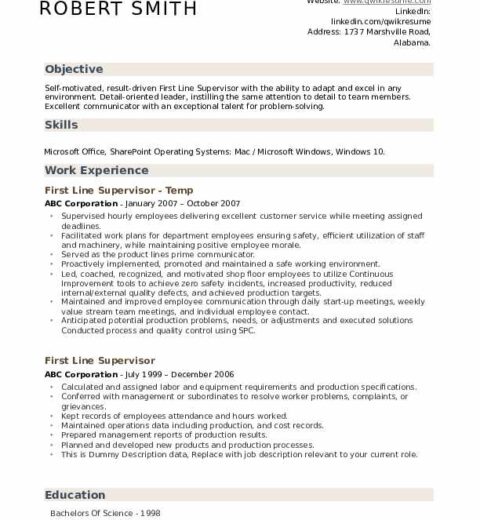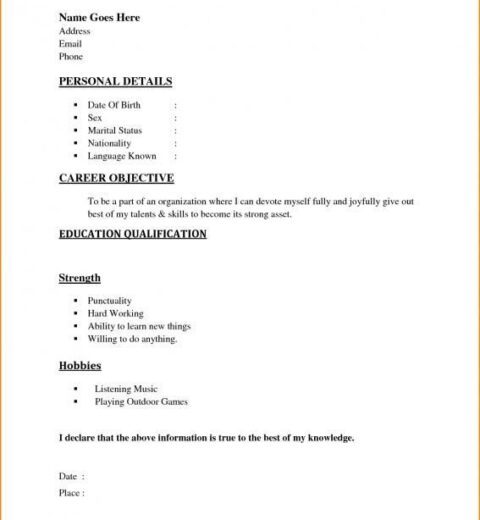In the realm of job hunting, the curriculum vitae (CV) or resume is an indispensable tool, often acting as the first impression an applicant makes on potential employers. The question of how many pages a resume should ideally span is frequently debated among job seekers and career experts alike. As the competitive job market evolves, the length of a resume becomes an essential focal point, influencing not only the visibility of the candidate but also their perceived professionalism. This article delves into the nuances of resume length, offering a comprehensive exploration of best practices and the rationale behind them.
To embark on this discussion, it is crucial to acknowledge that the optimal length of a resume can vary significantly depending on a multitude of factors including, but not limited to, industry standards, work experience, and the specific role being applied for. Traditionally, a one-page resume has been advocated for early-career professionals, while a two-page resume has been deemed acceptable for those with more extensive experience. However, the rise of a more dynamic job market has led to a shift in these conventions.
When contemplating the length of a resume, one must consider the audience. Different industries may have distinct expectations regarding resume length. For instance, a resume for a creative role in advertising or design may afford itself a more lenient structure, allowing for the integration of visuals and unique formatting. Conversely, a resume for a technical or academic position may necessitate greater conciseness and a focus on quantifiable achievements over artistic flair.
For entry-level positions, one page is generally deemed sufficient. Employers reviewing applications are often inundated with numerous resumes. A concise, one-page document allows for quick scanning and ensures that only the most pertinent information is presented. Young professionals should concentrate on highlighting their educational achievements, internships, and relevant skills, maintaining a streamlined approach that prioritizes clarity.
As candidates ascend the career ladder, their resumes naturally expand to accommodate additional experiences and accomplishments. Professionals with five to ten years of experience may find that a two-page resume is the most effective format to encapsulate their career trajectory without overwhelming hiring managers. In this context, the second page becomes a canvas for showcasing diverse roles, industry involvement, certifications, and specific contributions to previous employers. The challenge lies in maximizing the impact of each entry, ensuring that every word serves a distinct purpose.
One must also consider the burgeoning field of technology and the rapid assimilation of digital tools in the recruitment process. Applicant Tracking Systems (ATS) are now frequently employed to filter resumes based on keywords and phrases tailored to the job description. Candidates should ideally tailor their resumes to not only meet the criteria set forth by such systems but also to maintain a clean, organized structure that can easily be navigated by human eyes post-filtering. This calls for a meticulous balance between integrating industry-relevant terminology and preserving simplicity.
However, there is a caveat. A sprawling resume can easily detract from the message the applicant wishes to convey. Length does not inherently equate to quality. A succinct, well-crafted one-page resume can oftentimes leave a more favorable impression than a convoluted two-page document filled with extraneous information. It is imperative for candidates to dissect their professional history, selecting only those experiences that align most closely with the job they are targeting.
Additionally, it is prudent to be mindful of the age of the workforce. For senior professionals with extensive experience, a three-page resume may be warranted—if the content is particularly pertinent to the roles being pursued. This circumstance is not common, although instances arise where lifelong achievements, publications, advisory roles, and professional development necessitate a fuller representation of one’s career.
Fresh graduates often grapple with the dilemma of how to fill a single page effectively. Strategies such as including compelling sections highlighting relevant coursework, volunteer experiences, and transferable skills can enhance the substance of their resume. It is critical for applicants in this category to leverage their educational background and any practical experiences that relate to the desired position.
An equally significant aspect to consider when contemplating resume length is cultural differences. In some regions, a multi-page resume is customary, while others may adhere to a strict one-page guideline. Understanding the cultural norms of the target job market can not only avoid potential faux pas but also increase the chances of making a favorable impression.
In conclusion, the quintessential question of how many pages a resume should encompass does not lend itself to a one-size-fits-all answer. Candidates must judiciously assess their individual circumstances, career trajectories, and industry standards. Whether opting for one, two, or even three pages, the guiding principle must be clarity, relevance, and impactful presentation. Ultimately, a resume serves as a personal marketing tool, deserving of careful consideration and thoughtful articulation, melding substance with occasional flair to captivate prospective employers.




